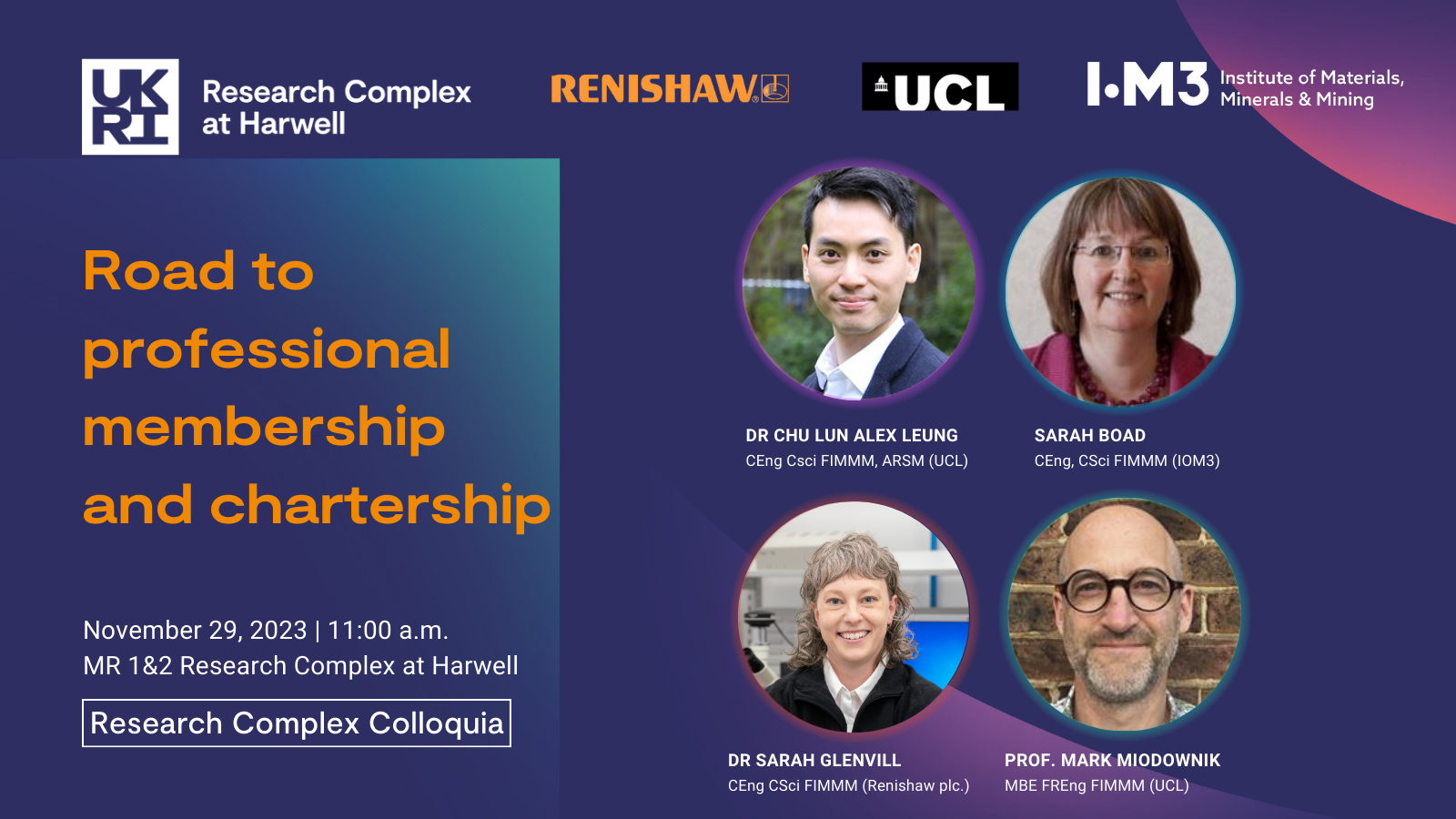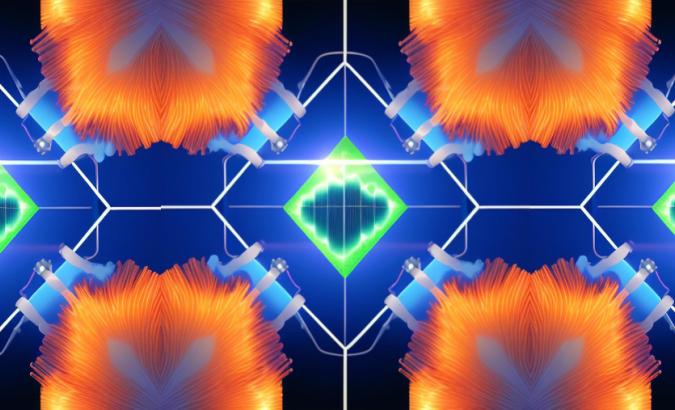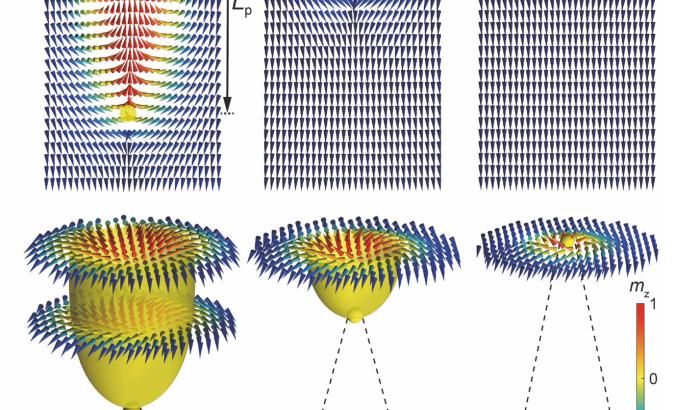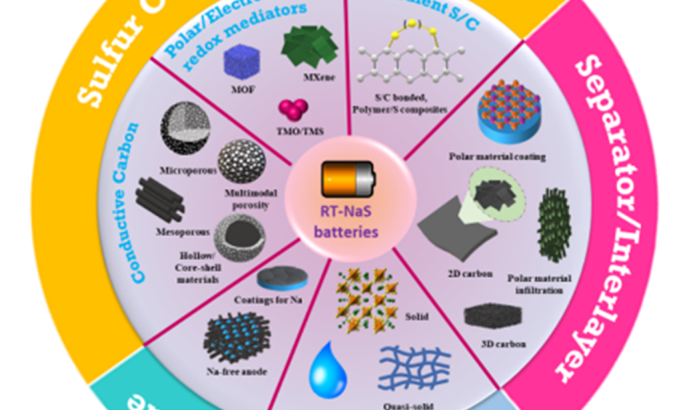Molecular Engineering
overview
Our overarching goal is to develop new materials for sustainable energy applications via molecular engineering. This expressly notions product design at the molecular scale, embracing rational molecular design concepts to tailor a material to meet a specific need in device technology.
Our ‘design-to-device’ approach uses a wide variety of experimental, computational and data science techniques. This includes X-ray and neutron diffraction and spectroscopy, electrochemistry, density-functional theory and large-scale data-mining.
Research projects focus on:
- dye-sensitised solar cells
- materials for optical telecommunications
- solar-powered molecular motors
- storing energy fuels and waste
- optical data storage
- dielectrics and conductors.
Much of our experimental work is carried out at the Rutherford Appleton Laboratory, using Diamond Light Source and the ISIS Neutron and Muon Facility for key synchrotron and neutron-based experiments, which are underpinned by laboratory-based work at Research Complex and Ultra at the Central Laser Facility.
Our data science and computational work is carried out using high-performance computing resources from around the world. We have key collaborations with the Argonne Leadership Computing Facility, IL, USA, and the Scientific Computing Department at RAL.
The Principal Investigator has a joint appointment between the University of Cambridge and STFC Rutherford Appleton Laboratory via the ISIS Neutron & Muon Source.








